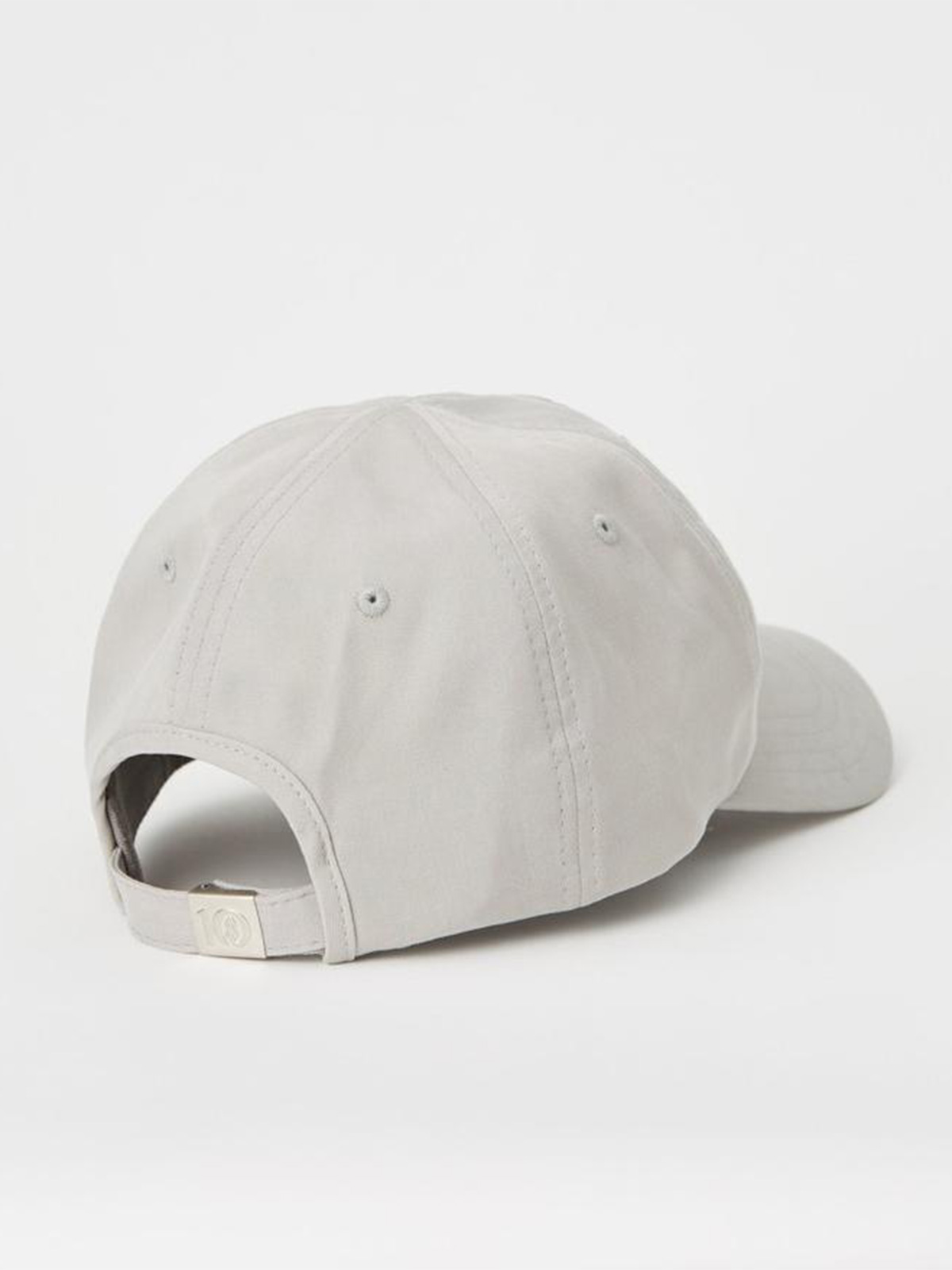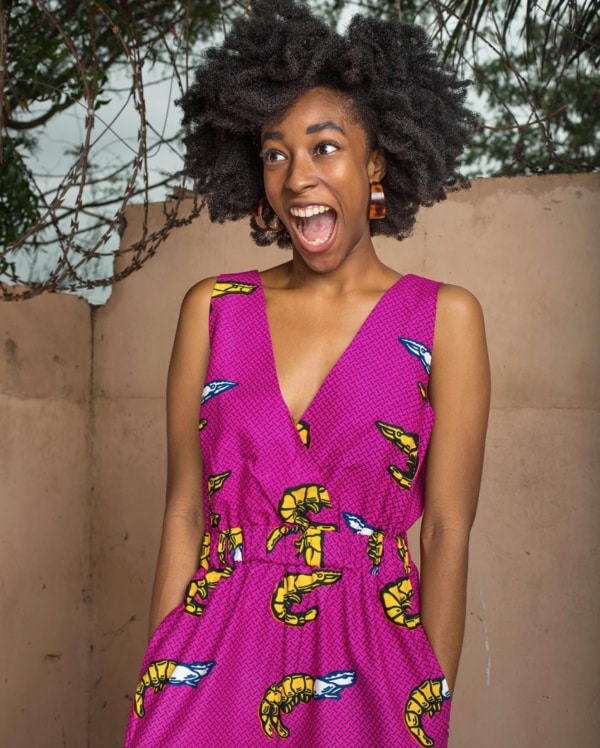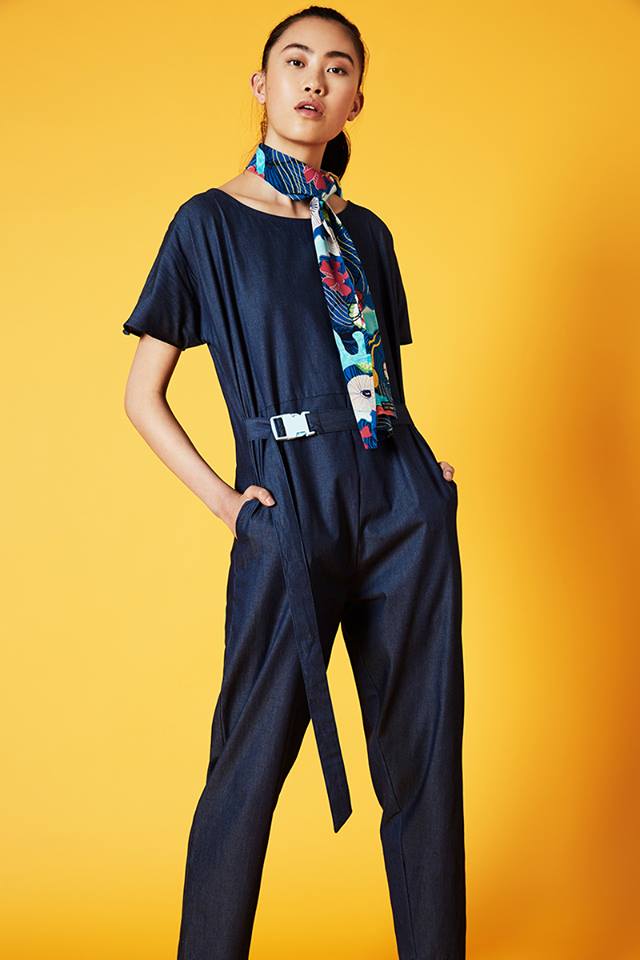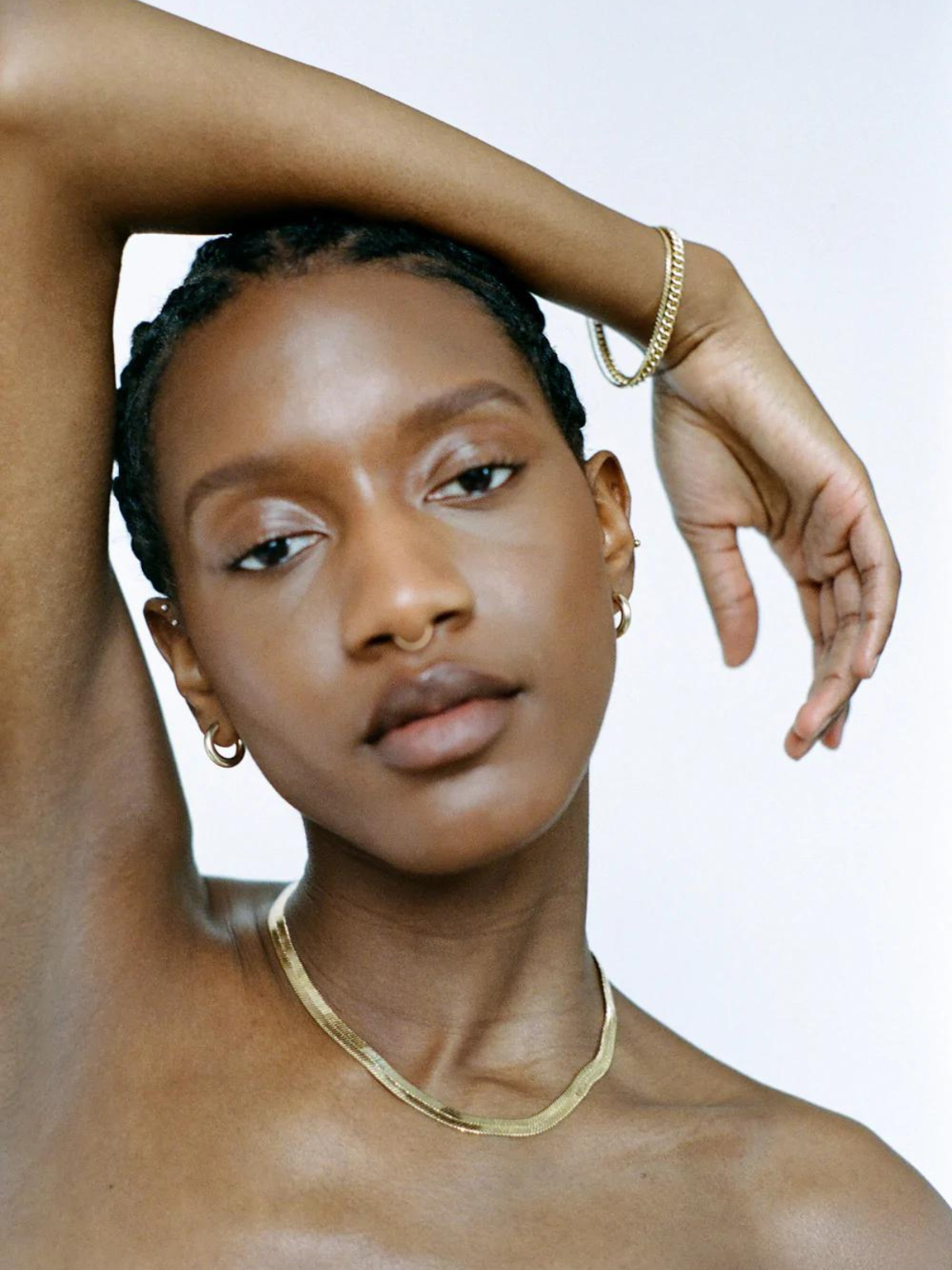Our editors curate highly rated brands that are first assessed by our rigorous ratings system. Buying through our links may earn us a commission—supporting the work we do. Learn more.
This article is based on an outdated rating and will be updated soon to reflect any changes in scoring. You can find the latest scoring information on Gorman’s directory page.
It’s been 20 years since Lisa Gorman founded her eponymous label in Melbourne. Known for its colourful prints and collaborations with artists, designers and good causes, Gorman now has over 40 stores across Australia. The quirky womenswear label has built up a loyal following of fans, but it hit the headlines a couple of years ago when its labour rights were called into question. So we ask, how ethical is Gorman?
Lisa Gorman was a young girl from rural Victoria who loved thrift stores and dress making. She began the Gorman label in Melbourne in 1999, becoming known as the “Queen of Green” for her label’s use of organic fabrics and efforts to reduce packaging.
In 2010, brand was part-sold to retail group Factory X. Then in 2016, Gorman was on the receiving end of some bad publicity after Factory X received an ‘F’ for not participating in that year’s Baptist World Aid fashion report and made it onto Oxfam’s ‘Naughy List’ for not disclosing its suppliers.
Thankfully things have improved on the labour side of things since 2016. Gorman has listed all its suppliers from its final stage of production and audits some of its supply chain, and ensures a living wage to some workers. Its Code of Conduct also covers all over the ILO principles.
On the environmental side, Gorman still uses some eco-materials such as organic Cotton. It also takes steps to make its stores eco-friendly, reducing packaging and kitting them out with vintage furniture and low VOC paints. However, the biggest impact a clothing brand can have on the environment is its supply chain and here it could be doing more to tackle waste, eliminate hazardous chemicals and measure and reduce carbon emissions.
Gorman uses animal products such as leather, hair and wool. The wool is sourced from non-mulesed sheep. There is no fur, down, angora or exotic hair in its collection.






















